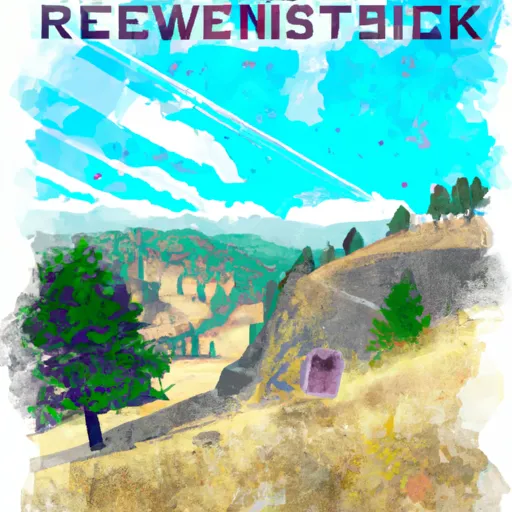°F
°F
mph
Windspeed
%
Humidity











Hayden Lake is a small city located in Idaho with a population of approximately 2,000 people. The city has a humid continental climate, characterized by cold winters and warm summers. The lake is one of the main sources of water for the city and is known for its clear and pristine waters. However, high levels of nutrients and pollutants from surrounding areas have led to problems of eutrophication and algal blooms. Outdoor recreational activities in the area include boating, fishing, hiking, and camping. The city also boasts several parks and nature reserves, making it an ideal destination for nature enthusiasts.
Weather Forecast
Hayden-Lake receives approximately 730mm of rain per year, with humidity levels near 74% and air temperatures averaging around 8°C. Hayden-Lake has a plant hardyness factor of 6, meaning plants and agriculture in this region thrive during a short period during spring and early summer. Most plants will die off during the colder winter months.
Regional Streamflow Levels
802
Cubic Feet Per Second
2,420
Cubic Feet Per Second
394
Cubic Feet Per Second
5,090
Cubic Feet Per Second
Nearby Camping
| Camping Area | Reservations | Toilets | Showers |
|---|---|---|---|
| Beauty Creek | |||
| Riley Creek | |||
| Evans Landing | |||
| Springy Point | |||
| Farragut State Park | |||
| Priest River Park |



